1. Empty or Unkempt Homes

When you drive through a neighborhood and notice multiple homes sitting empty or looking neglected, it’s a red flag. Luxury areas rely on active homeowners who maintain their properties. Vacant houses attract unwanted attention and can bring down nearby property values. Seeing boarded-up windows or overgrown lawns should make you pause.
Homeowners leaving is often a sign of shifting demographics or financial strain. It can indicate that people no longer see long-term value in staying there. In luxury neighborhoods, even small signs of neglect stand out. Over time, this neglect can create a ripple effect that impacts the entire area.
2. Increased Crime Rates

A rise in petty theft, break-ins, or vandalism is hard to miss in an upscale area. Luxury neighborhoods historically have lower crime rates, so any increase is concerning. When residents start investing in alarm systems and security cameras more frequently, it signals caution. People notice these changes, and perception alone can trigger decline.
Even minor crimes can influence property values and community morale. When safety feels compromised, families start to reconsider living there. Luxury buyers are especially sensitive to security concerns. Persistent crime trends can quietly erode the appeal of a high-end area.
3. Closing of Upscale Shops and Restaurants
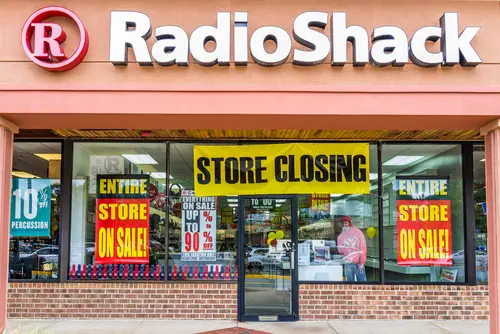
If boutique stores or high-end restaurants begin shutting down, it’s more than an inconvenience. These businesses thrive on affluent clientele, so closures hint at reduced local spending. Luxury neighborhoods depend on a vibrant commercial scene to maintain their prestige. When favorite local spots disappear, it signals a shift in the neighborhood’s economic health.
Even temporary vacancies can affect the perception of an area. When new tenants aren’t lining up quickly, it suggests declining demand. The neighborhood may no longer attract the same foot traffic or disposable income. Over time, this can reduce both property value and community vibrancy.
4. Aging Infrastructure
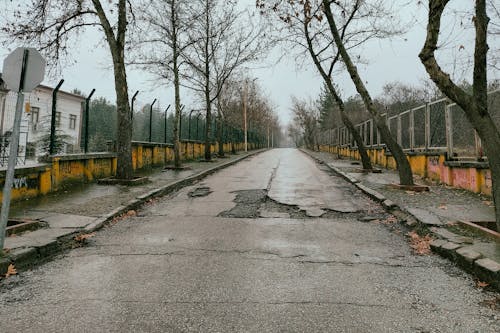
Cracked sidewalks, potholes, or outdated streetlights are small details with a big impact. Luxury areas usually prioritize well-maintained infrastructure. When roads and public utilities start to deteriorate, it indicates lagging municipal investment. Residents and potential buyers notice these details, and it can diminish the area’s overall charm.
Infrastructure neglect can also lead to practical issues like flooding or traffic hazards. It often signals that the local government or homeowners’ associations are stretched thin. Long-term neglect may be hard to reverse, impacting desirability. Prospective buyers may think twice before moving in.
5. Lack of New Construction
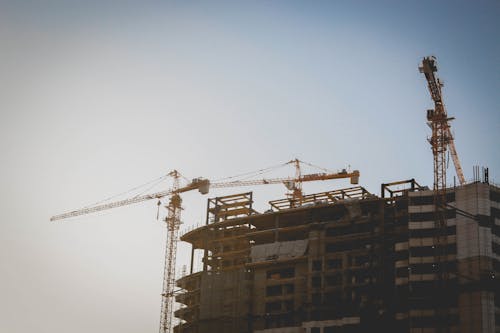
A slowdown in new luxury developments can reveal a neighborhood plateauing. Investors and developers usually follow high demand, so fewer projects suggest reduced confidence in growth. Luxury areas thrive on exclusivity but also on fresh investment. Without new construction, a neighborhood can feel stagnant and less appealing.
This isn’t just about aesthetics; it’s about economics. Property values rely on constant renewal to stay competitive. Aging homes without modern updates may fall behind market expectations. Over time, this can make the neighborhood less desirable for new buyers.
6. Property Value Stagnation
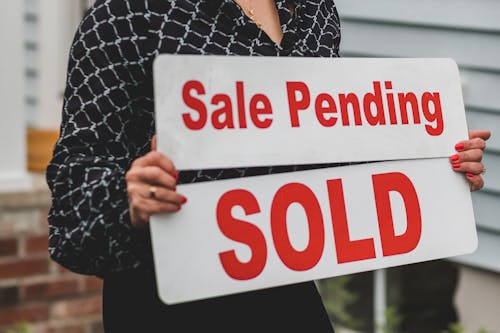
If property prices aren’t appreciating or start to decline, it’s a clear warning sign. Luxury markets are generally resilient, so a stagnation trend is unusual. Homeowners often notice when their investments don’t yield returns. It can make selling less attractive and create uncertainty.
Stagnant values also discourage reinvestment in home improvements. People are less likely to renovate if they won’t recoup costs. This can lead to a cycle of deferred maintenance. Over time, it subtly chips away at the neighborhood’s prestige.
7. Decreased Community Engagement

Luxury neighborhoods often boast active homeowner associations and social events. A drop in participation signals declining communal pride. When streets and parks aren’t being used for gatherings, it shows that residents may no longer feel invested. Social cohesion is a subtle but important marker of neighborhood health.
Communities thrive on shared responsibility, from cleanup days to local committees. When engagement wanes, it reflects both aging demographics and waning enthusiasm. A disconnected community feels less safe and inviting. This can accelerate the decline in desirability.
8. Over-Reliance on Rentals
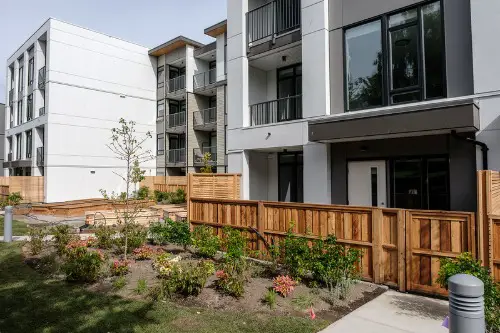
An uptick in rental properties compared to owner-occupied homes can indicate instability. Luxury buyers often prefer ownership, which ensures long-term commitment to the neighborhood. Investors renting out multiple homes may prioritize profit over upkeep. This can subtly degrade the area’s appearance and culture.
High rental turnover also affects social cohesion. Neighbors don’t get to know one another, and transient populations don’t invest in local initiatives. It reduces accountability for property maintenance. In a neighborhood once known for permanence, this is a concerning shift.
9. Traffic Congestion and Parking Issues
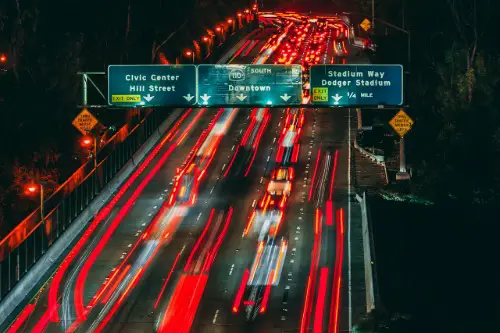
If streets that were once quiet are now jammed with cars, it may reflect declining planning or increased population pressure. Luxury areas are typically designed with convenience and aesthetics in mind. A sudden influx of traffic or parking challenges can frustrate residents. It signals that the area may be losing its elite, peaceful character.
Traffic issues also correlate with lower property satisfaction. Commuters may avoid the area, and new buyers may be discouraged. Streets designed for elegance rather than congestion can’t adapt easily. Persistent congestion can subtly affect lifestyle appeal.
10. Inconsistent Maintenance Standards
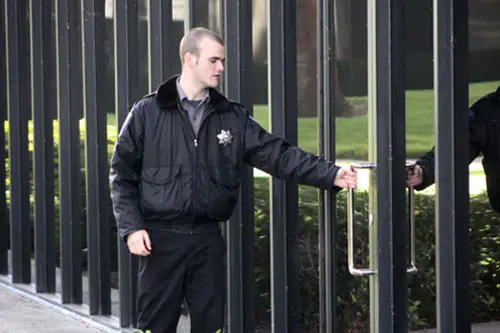
Walk through a few blocks and notice inconsistent upkeep—some homes pristine, others neglected. Luxury neighborhoods usually have uniform standards, enforced by HOA rules or social norms. A growing disparity suggests that some residents are leaving or losing interest. This inconsistency can be a visual marker of decline.
It also affects property values and buyer perceptions. Even one neglected home can influence the appeal of the surrounding area. New buyers may fear joining a declining trend. Over time, this can lead to a domino effect of declining maintenance.
11. Rise of Short-Term Rentals
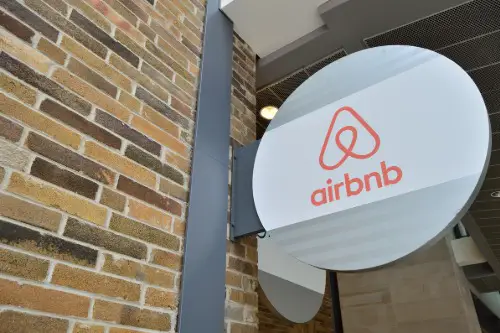
An increase in vacation or Airbnb-style rentals can indicate a shift from long-term community investment. While lucrative for property owners, short-term rentals reduce neighborhood stability. They can bring noise, security concerns, and less community engagement. Luxury neighborhoods often rely on a sense of permanence, which is undermined by this trend.
Short-term renters also don’t contribute to local networks. Schools, parks, and associations lose active participants. This reduces social cohesion, subtly eroding the area’s character. The neighborhood may feel less like a community and more like a temporary stop.
12. Declining School Ratings
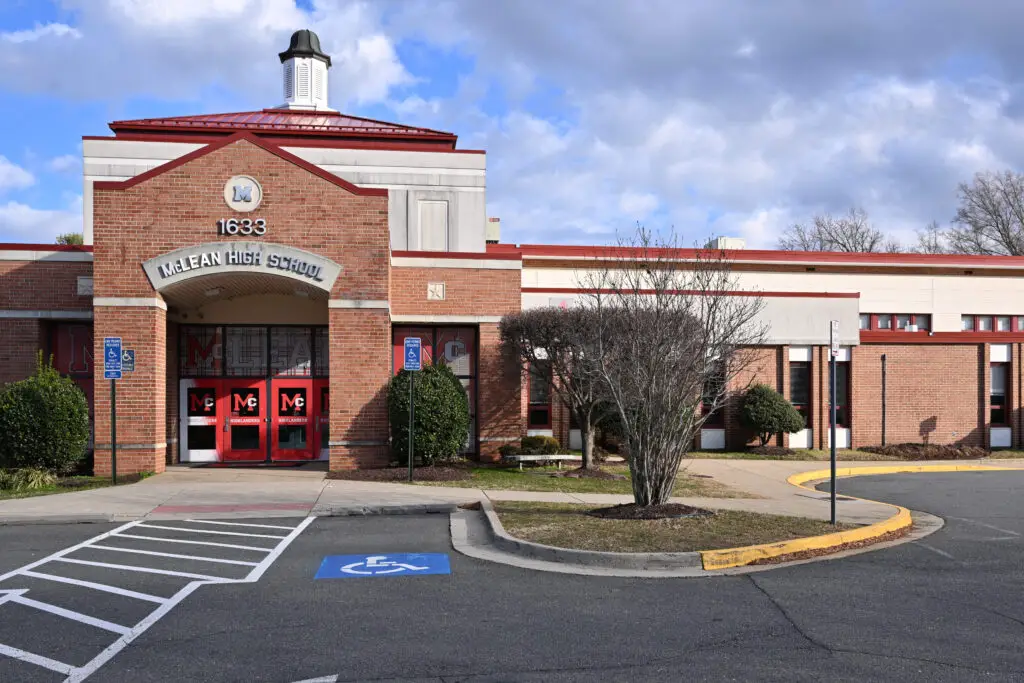
Top-tier neighborhoods usually have access to high-performing schools. A drop in school quality can scare off families seeking long-term stability. Even luxury buyers with children prioritize education heavily. Falling ratings can trigger a chain reaction: families leave, local investment drops, and demand decreases.
Education quality also affects resale value. Homes near highly rated schools often command premiums. A decline in ratings can shift perceptions of the area. Over time, it reduces the neighborhood’s attractiveness to new, affluent residents.
13. Lack of Visible Investment
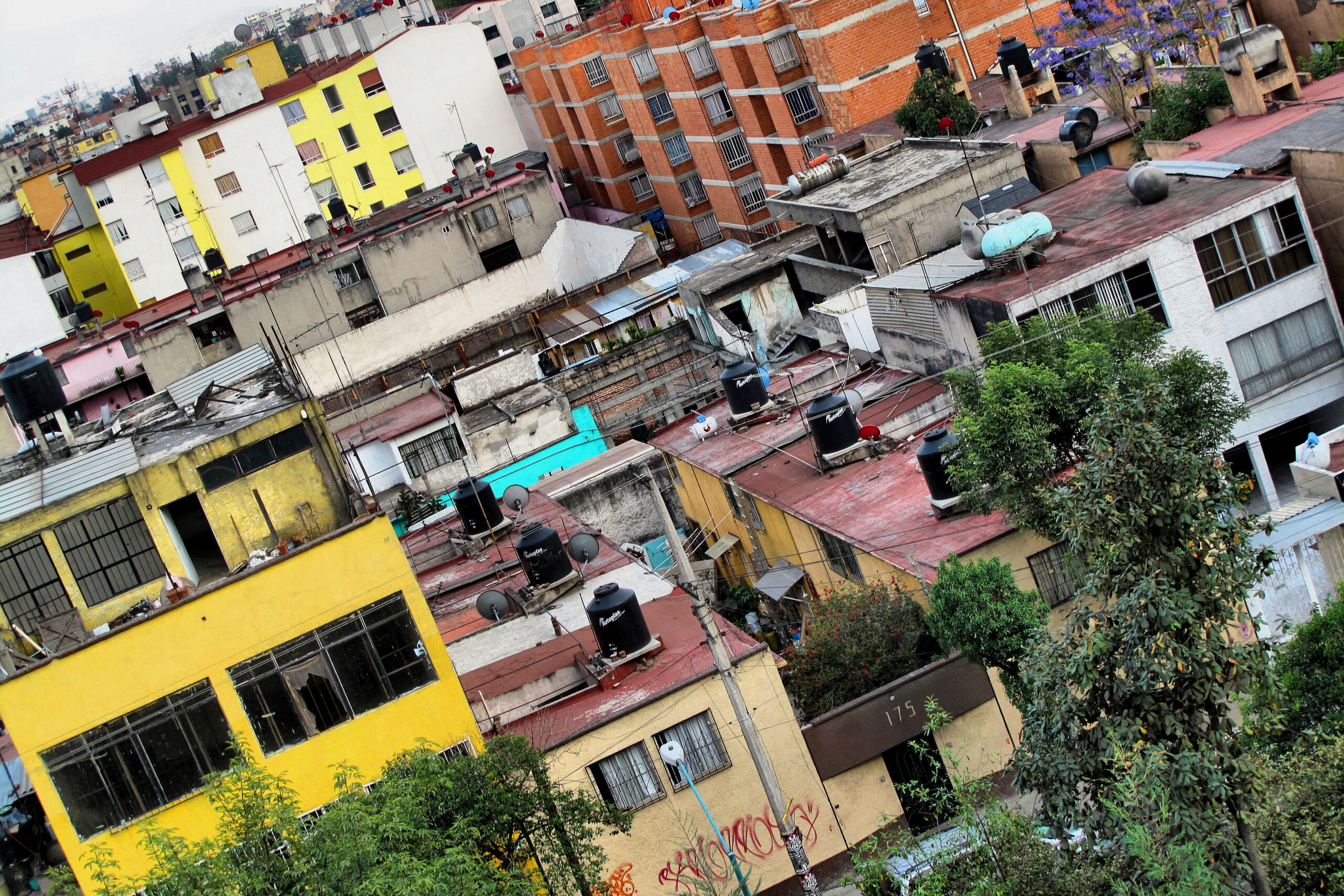
When landscaping, lighting, and general aesthetics appear frozen in time, it signals a lack of investment. Luxury neighborhoods thrive on visible signs of wealth and upkeep. Developers and homeowners typically reinvest to maintain prestige. Stagnant visual appeal hints at waning confidence in the area’s future.
Visible investment is also psychological. It signals that residents care and believe in long-term value. When updates stop, potential buyers may question whether the neighborhood is still elite. This can quietly accelerate a decline in reputation and desirability.
14. Rising Vacancy in Office or Commercial Spaces
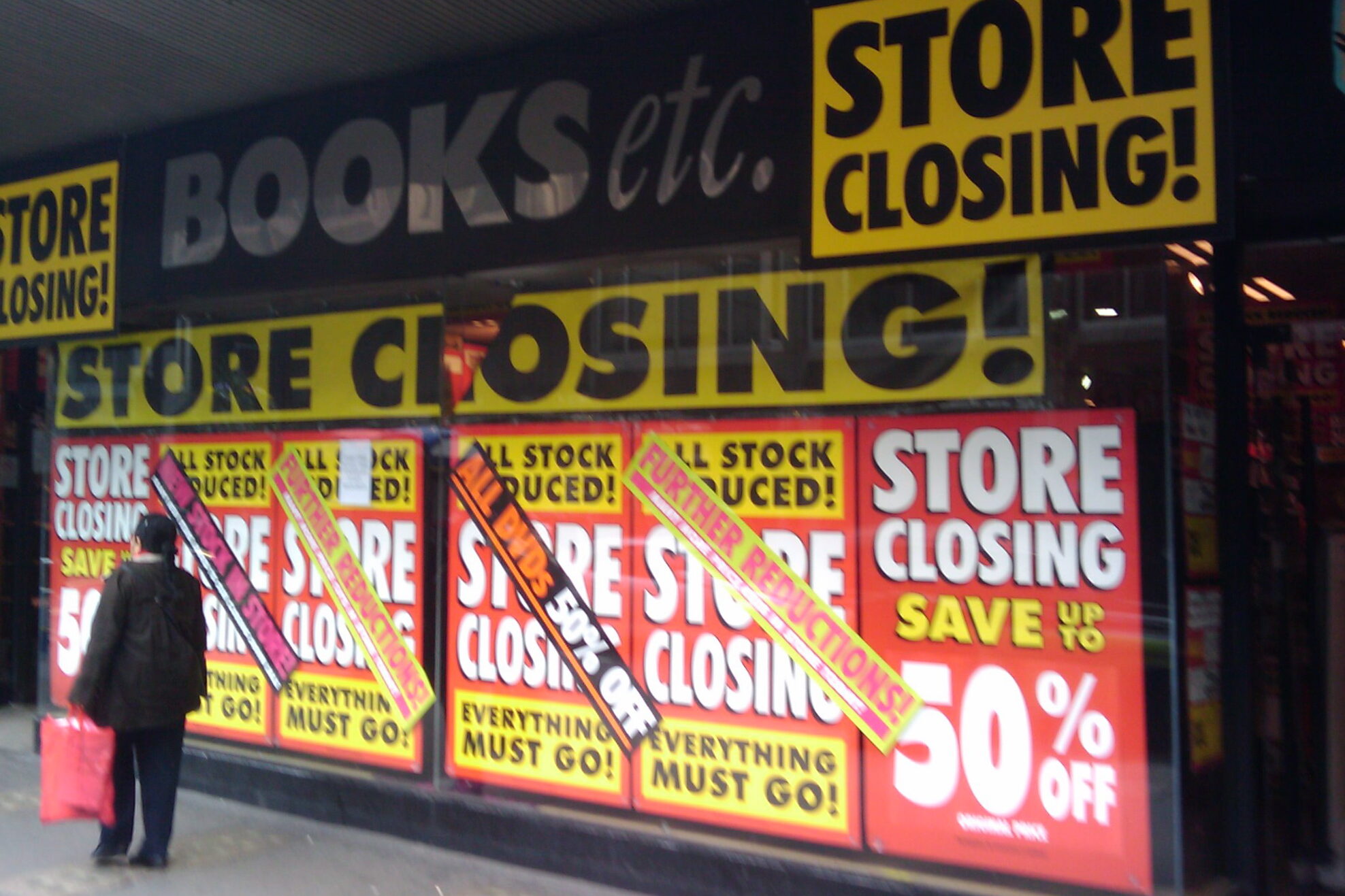
Empty storefronts or office buildings near a luxury neighborhood can be an early warning sign. High-end areas often rely on nearby commercial success to maintain prestige and convenience. If professional spaces remain vacant for too long, it suggests declining demand or reduced economic confidence. This emptiness can make the area feel less vibrant and more uncertain.
Commercial vacancies also affect safety and aesthetics. Dark, unused spaces can attract unwanted activity and discourage pedestrian traffic. Once a lively hub starts to feel deserted, residents may see it as a loss of status. Over time, this emptiness erodes the neighborhood’s overall reputation.
15. Outdated Home Designs
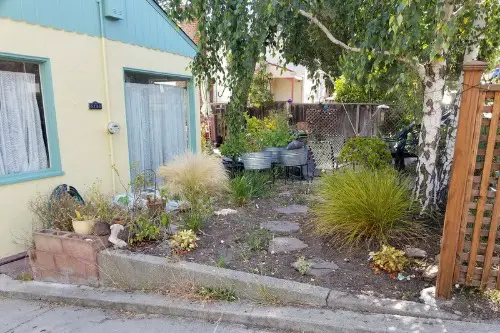
Luxury buyers usually expect homes to reflect current trends and modern comforts. When you notice many properties with dated interiors or exteriors, it can indicate owners aren’t reinvesting. A lack of remodeling suggests hesitation about future returns. Out-of-style architecture can make even once-prized homes less attractive to buyers.
This signals more than just poor taste—it reflects stagnation. If homeowners don’t believe upgrades will pay off, they won’t take on costly renovations. Over time, the neighborhood can start to feel stuck in another era. This perception alone can reduce buyer interest and long-term appeal.
16. Declining Landscaping Quality
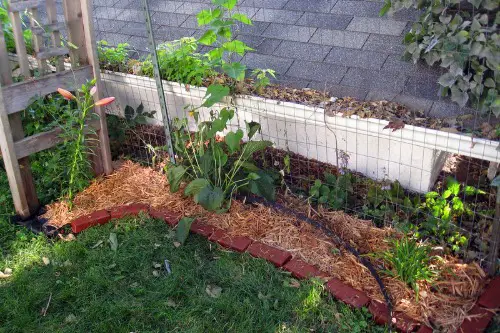
Luxury neighborhoods are often known for lush lawns, trimmed hedges, and pristine gardens. When landscaping looks neglected, it sends a strong message about reduced pride of ownership. Overgrown shrubs, brown grass, or dead trees create an air of decline. Buyers notice these details instantly and may assume worse problems lie beneath the surface.
Poor landscaping also impacts curb appeal and resale values. It’s one of the first things people see when entering a neighborhood. If multiple homes let landscaping slide, it creates a cumulative negative impression. This small change can have a surprisingly big impact on overall desirability.
17. Increased Foreclosures
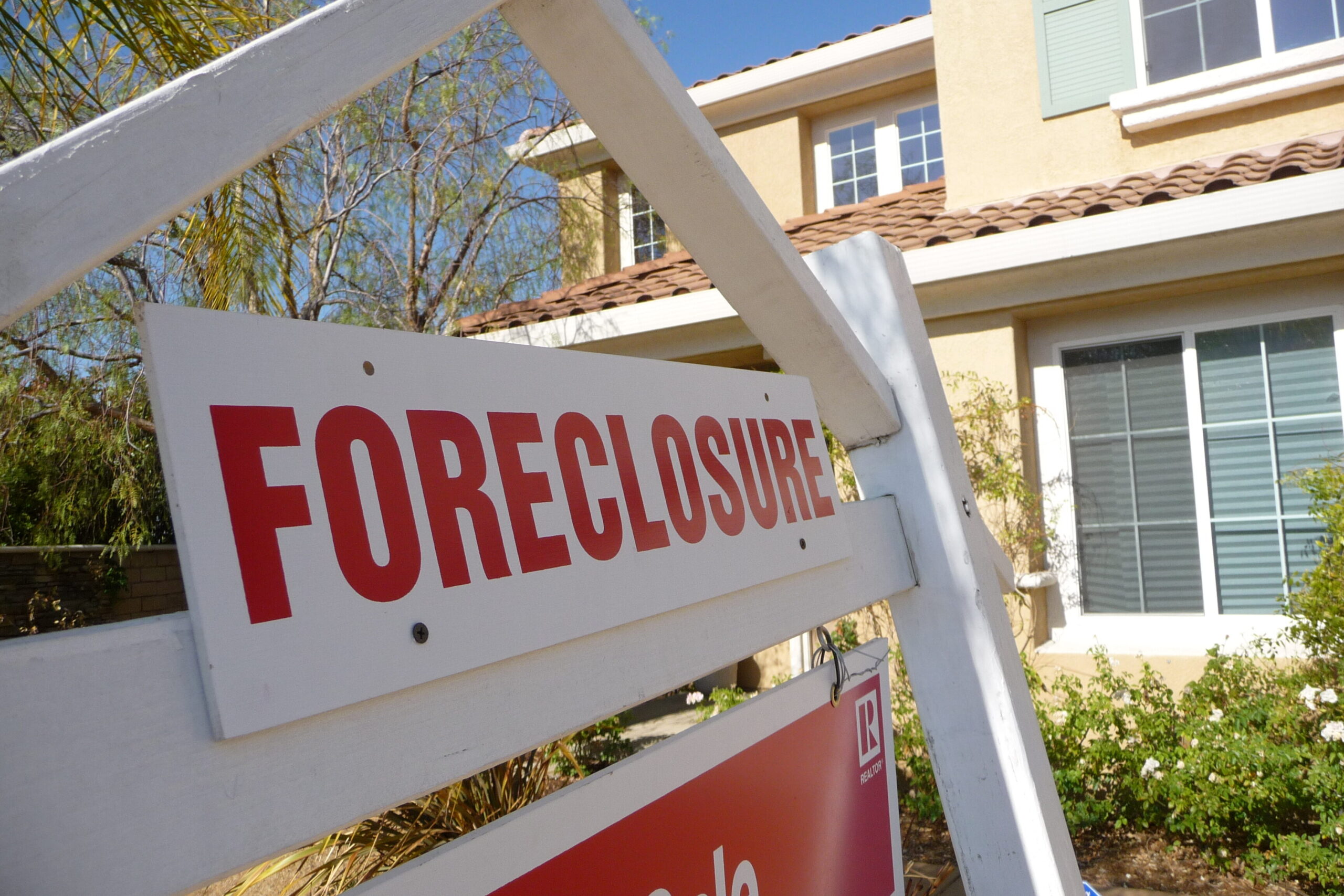
A spike in foreclosure signs in a luxury neighborhood is difficult to ignore. Even one or two can create doubts about financial stability in the area. Foreclosures usually suggest that owners are struggling to keep up with costs, taxes, or mortgages. For buyers, this hints at economic trouble lurking under the surface.
Foreclosures also drag down surrounding property values. Once banks take over, upkeep often becomes inconsistent. This can lead to more visible neglect and a perception that the area is unstable. Over time, this cycle can permanently damage the neighborhood’s reputation.
18. Shifts in Resident Demographics

Luxury neighborhoods often attract a specific type of buyer—those seeking stability, exclusivity, and long-term investment. When demographics shift rapidly, it may indicate that long-term owners are leaving. Quick turnover means fewer people are putting down roots. This reduces the sense of permanence that defines high-end communities.
Demographic shifts also change local expectations. If the new wave of residents values different amenities, older residents may feel displaced. Without cohesion, the community can feel fractured and less inviting. Over time, this weakens the cultural identity that made the neighborhood attractive in the first place.
19. Neglected Public Spaces

Upscale areas usually invest in parks, walking trails, and community centers. If these spaces start showing signs of wear—broken benches, litter, or graffiti—it’s a red flag. Public spaces reflect collective pride, so their decline sends a strong signal. Visitors may view these signs as neglect and associate them with a downward trend.
Neglected spaces also reduce resident satisfaction. Families may stop using parks, and children lose safe places to play. This can quietly shift lifestyles, reducing quality of life. Once public amenities decline, reversing the perception can be very difficult.
20. Noise Pollution and Disturbances
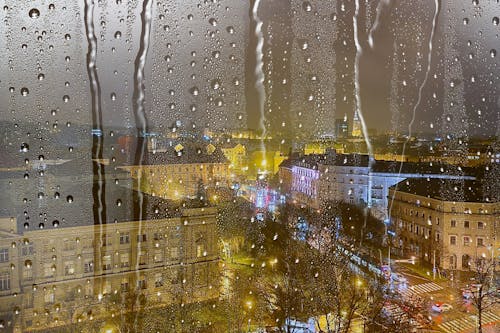
Luxury buyers often choose neighborhoods for peace and exclusivity. Rising noise levels from nearby highways, construction, or nightlife can shatter that appeal. Even occasional disturbances like frequent parties or loud traffic can alter the neighborhood’s character. Over time, residents may feel their retreat no longer offers the tranquility they paid for.
Noise pollution also impacts health and daily comfort. Families and retirees especially value quiet surroundings. If this expectation is broken, it accelerates turnover and reduces new interest. The neighborhood’s reputation as a serene enclave may be permanently compromised.
21. Diminished Sense of Security Personnel Presence

Many luxury neighborhoods employ private security patrols or gate attendants. A reduction in visible security can make residents uneasy. Whether due to budget cuts or declining demand, fewer guards sends the wrong message. Safety in luxury living is non-negotiable, so this absence feels glaring.
Without strong security presence, outsiders may test boundaries. Break-ins, loitering, or trespassing can increase even if official crime statistics don’t spike. Residents notice the lack of oversight and may begin looking elsewhere. Once security feels optional, exclusivity and prestige quickly erode.
This post 21 Signs a “Luxury Neighborhood” Is Already in Decline was first published on Greenhouse Black.
